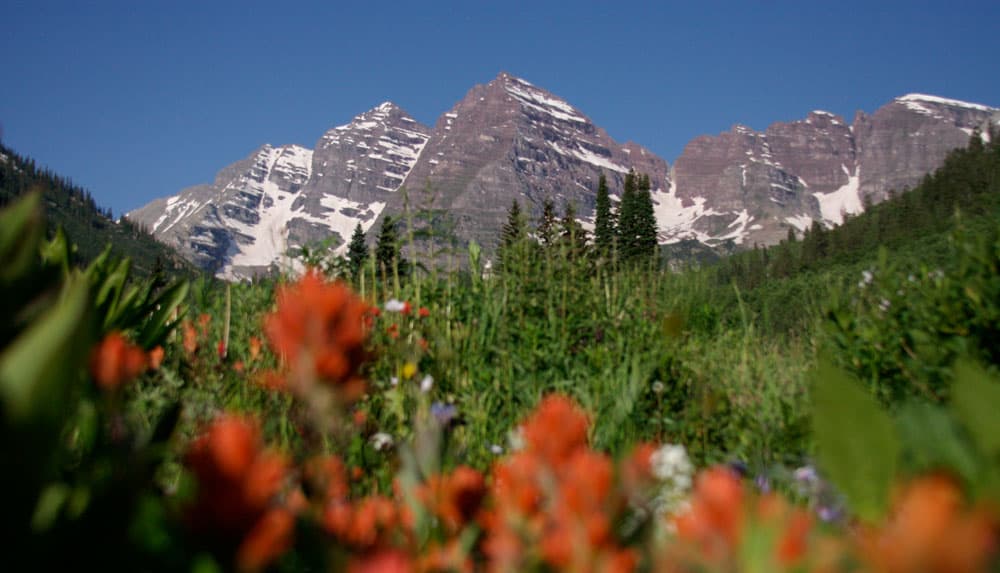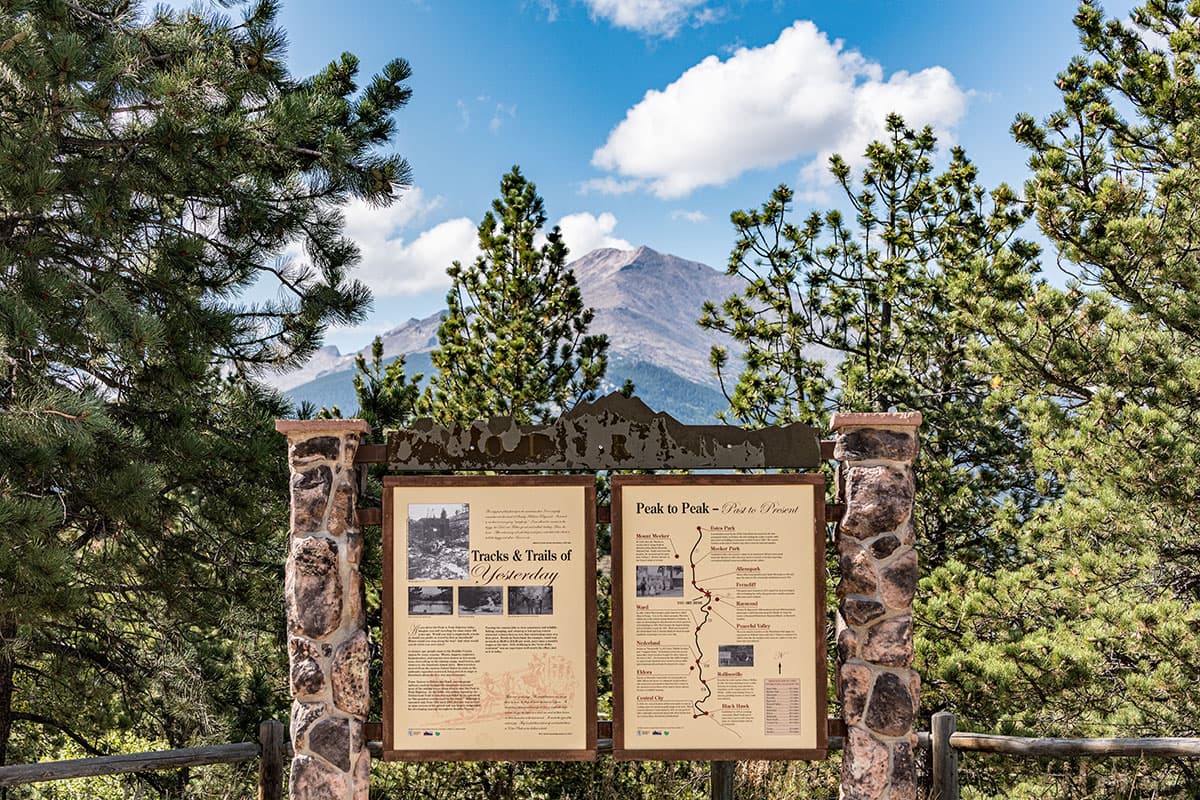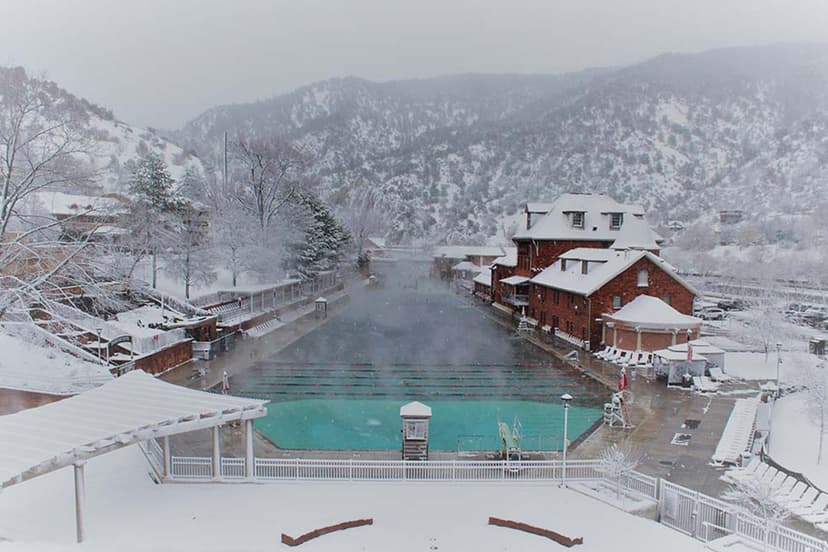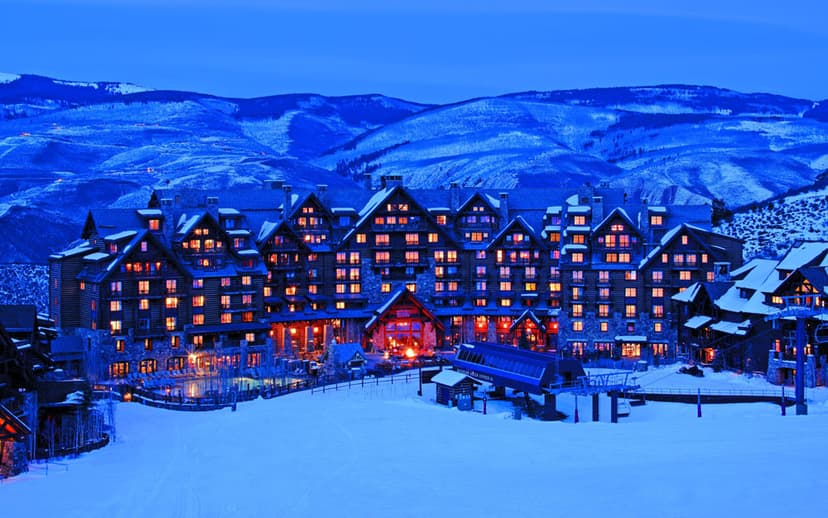These sky-scraping mountains make us the tallest state in the nation and lure hikers and photographers anxious for that amazing photo and bragging rights for summiting their heights. Pikes Peak, Mount Elbert, Rocky Mountain National Park's Longs Peak, Mount Blue Sky, the Maroon Bells and Mount Sneffels are six of Colorado's most popular and most photographed mountains. And they're so beautiful, even the novice photographer will look like a pro.
1. Maroon Bells (pictured)
It’s said that the Maroon Bells (actually, two peaks: Maroon Peak and North Maroon Peak) are the most photographed peaks in Colorado's Rocky Mountains, and when you see them, you’ll understand why. With a reflective lake to cast back their beauty and a crystalline blue sky to frame their edges, the pyramid-like peaks of these sister mountains are a photographer’s dream. The naked faces of these often snow-dusted behemoths stand in contrast to the lush greenery of conifers and brilliant wildflowers that grow in their shadows.
Maroon Bells hikers and bikers can access a moderate, 1.5-mile trail that hugs the lake and provides many areas to stop and snap a shot. For much of May through late October, a shuttle from Aspen Highlands is a great way to reach the peaks. Maroon Creek Road is closed during the winter, so cross-country skiing, snowshoeing or snowmobiling are the only ways in. Learn about overnight permits and fees for camping in the Maroon Bells-Snowmass Wilderness
Location: From Glenwood Springs, travel southeast on Highway 82.
2. Mount Elbert
Mount Elbert is the tallest mountain in Colorado, coming in at 14,438 feet. It's also the second-highest peak in the contiguous United States. With such honors, you can imagine that the Sawatch Range peak is popular with climbers and hikers. Reachable from the home bases of Leadville and Twin Lakes, one of the best ways to see the peak (and its neighbor, Mount Massive) is from the window of the Leadville Colorado & Southern Railroad.
Hikers are lucky, as there's a 9.1-mile round-trip trail that goes all the way to the lofty summit — though with an elevation gain of nearly 4,500 feet along the way, they may not feel so lucky.
Location: The Mount Elbert (Northeast) trailhead is located off North Halfmoon Road southwest of Leadville, just past Elbert Creek Campground.









